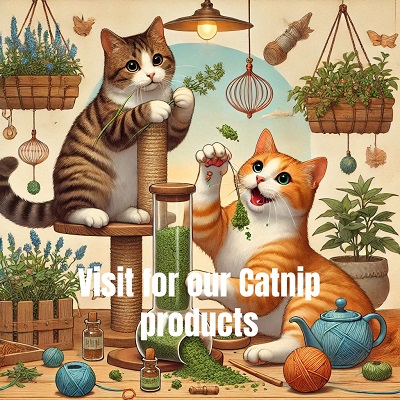
Sustainability in Cat Products: What’s New in 2025
Key Takeaways
- The pet industry is shifting towards more sustainable products by 2025.
- Emerging trends include biodegradable materials, eco-friendly packaging, and natural ingredients.
- Consumers are more conscious about their choices and are seeking products that align with their values.
- Sustainable options are not only beneficial for the environment but often for the well-being of pets.
In an era where consumers are increasingly conscious of their ecological footprint, the pet industry is not far behind. By 2025, the trend towards sustainability is set to reshape the market for cat products, offering more environmentally-friendly options for pet owners. In this article, we will explore the latest trends and innovations in sustainable cat products, helping you to make informed choices for your feline friends.
The rise of eco-friendly materials
The demand for eco-friendly materials has surged in recent years. Cat toys, bedding, and accessories made from sustainable resources are becoming more prevalent. Here are some popular sustainable materials being used:
| Material | Description | Benefits |
|---|---|---|
| Bamboo | A fast-growing, renewable resource used for toys and furniture. | Durable, biodegradable, and gentle on the environment. |
| Hemp | A natural fiber used in collars and bedding. | Strong, environmentally friendly, and hypoallergenic. |
| Recycled plastics | Plastic products made from recycled materials. | Reduces waste and helps with ocean cleanup. |
| Natural wool | A sustainable textile used for toys and scratching posts. | Biodegradable and non-toxic for pets. |
Innovations in packaging
Alongside product materials, packaging is also undergoing significant changes. Innovations in sustainable packaging focus on reducing waste and fostering recycling. Some notable changes include:
- Biodegradable packaging options that break down without harming the environment.
- Minimalist designs that use less material while providing adequate protection.
- Refillable containers for cat food and litter products to reduce single-use packaging.
Natural ingredients for health
In addition to eco-friendly materials and packaging, there's a growing emphasis on using natural ingredients in food and grooming products. This trend focuses on reducing chemicals and artificial additives, ensuring a safer and healthier experience for our pets. Popular product types may include:
- Organic cat food made from natural ingredients.
- Non-toxic grooming products that avoid harmful chemicals.
- Toys made from natural fibers with no synthetic dyes.
The importance of ethical sourcing
Ethical sourcing has become a pivotal aspect of sustainable practices in the pet industry. Products that are responsibly sourced not only help the environment but also support fair labor practices. Here are some things to look for:
- Brands that disclose their sourcing methods.
- Products with certifications indicating ethical production (e.g., Fair Trade).
- Transparency in ingredient origins, particularly for food products.
Consumer awareness and demand
As awareness grows, so does the demand for sustainable cat products. Pet owners are actively seeking products that reduce their carbon footprint, often prioritizing eco-friendly brands. This shift is having a significant impact on product availability:
- A rise in eco-conscious brands launching innovative products.
- Increased marketing efforts from existing brands to highlight their sustainable offerings.
- A community of pet owners advocating for more environmental responsibility within the industry.
Conclusion
The future of cat products is looking more sustainable than ever. As trends evolve, we can expect a wider array of options that are both pet and planet-friendly. By staying informed about these developments, pet owners can choose products that align with their values, ensuring a healthier life for their cats and a more sustainable future for the environment.
Pros
- Better for the environment.
- Healthier choices for cats.
- Promotes ethical business practices.
- Increases awareness about sustainability.
Cons
- Potentially higher costs.
- Limited availability in some areas.
- Need for consumer education on recognizing sustainable products.
Explore more about cat care
To delve deeper into various aspects of cat care, check out some of our other articles:


